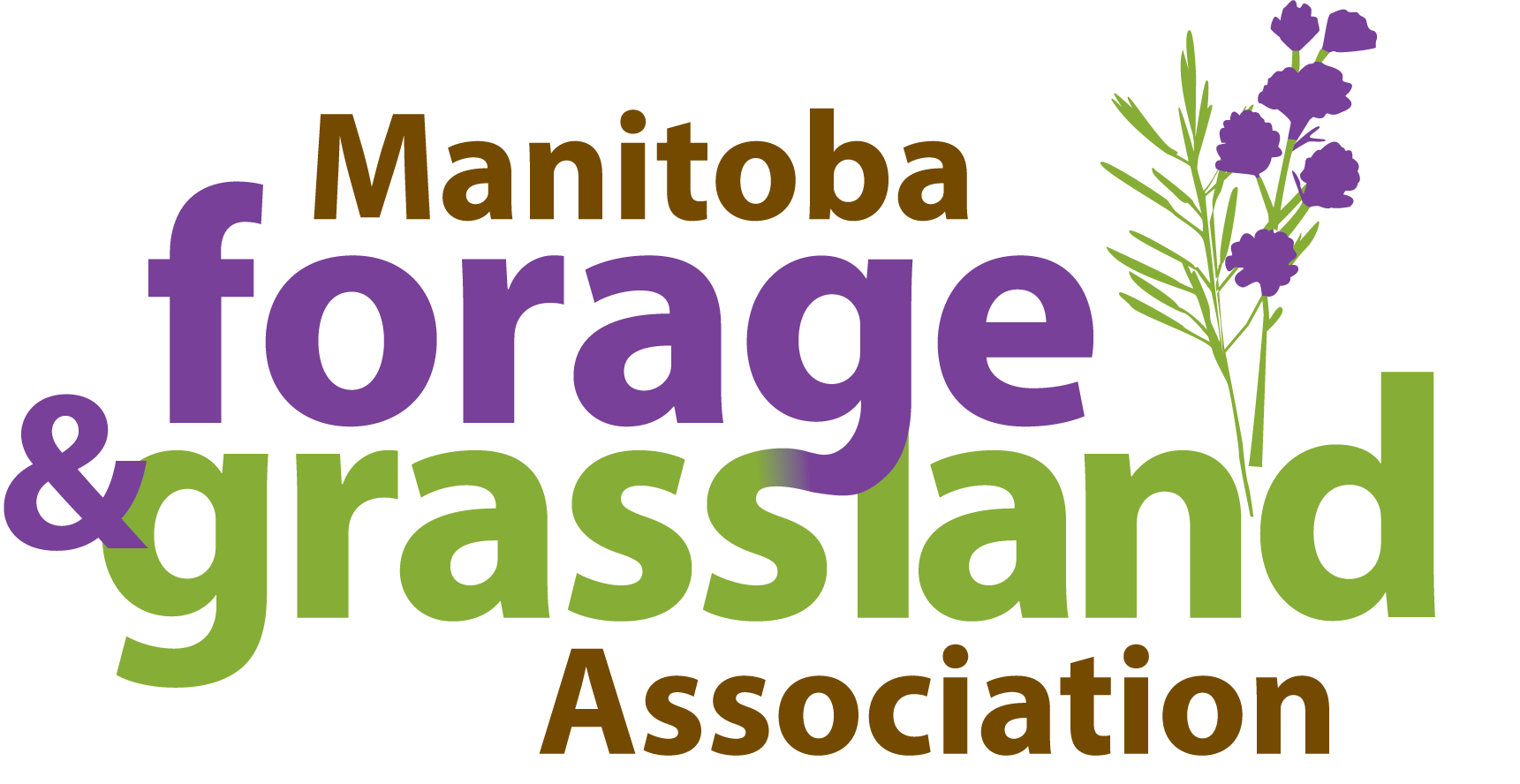Dual purpose value of perennial forage grain for food grain crop and fall/winter grazing of beef cattle focus of new study
About the Project
Maintaining beef cattle on pasture in the fall/winter season to reduce labour and feed costs is common practice in western Canada, however there are still many challenges associated with extended grazing strategies for stockpiled forage. Difficulty arises primarily in terms of nutritive value of pasture, which is often low and can negatively affect cattle performance. At the University of Manitoba, a new first-of-its kind study is underway evaluating the perennial grain intermediate wheatgrass (IWG) as a dual-purpose crop - to provide both a cash food grain crop and high quality forage regrowth for grazing cattle into the late fall and early winter. In recent years IWG has gained a lot of attention from food processors and consumers alike – particularly in the United States where it was developed – because of the novelty and environmental benefits associated with its being a perennial grain. Agronomic research in Canada has shown IWG to be highly adaptable to the prairies, being able to withstand cold, drought and excess moisture, sometimes all in a single growing season. This western Canadian project will encompass simultaneous assessments of agronomic and cattle performance, grain and forage quality, environmental sustainability indicators such as enteric methane emissions, nitrogen and carbon cycling, ecosystem services in terms of songbird and nesting waterfowl habitat, as well as greenhouse gas footprinting of the combined IWG-based crop and livestock system.
The Goal
To Evaluate Intermediate Wheatgrass (IWG), a dual-purpose, multi-year crop, to enhance the long-term adaptability and competitiveness of beef production in western Canada by determining the agronomic performance of IWG, alone or in combination with a non-competitive, N2 fixing legume in an overwintering cattle system. Steps:
Assess performance, intake, grazing behavior and energetics of cattle grazing IWG-based pastures in late fall/early winter
Assess the potential of IWG-based pastures to provide nesting spring/summer cover for waterfowl and songbirds
Evaluate the impact of IWG on soil carbon quality, nitrogen cycling and greenhouse gases
Model agronomic and soil productivity
Determine the economic potential of IWG-based pastures to provide both a cash-crop and high quality feed in the same growing season
Evaluate the whole-system environmental footprint of integrated IWG/cattle overwintering systems
Video pitches the use of perennial grains on the Prairies
Learn more about the integration of dual purpose perennial grain crops in modern agriculture practices with Patrick Le Heiget, MSc student at the University of Manitoba and take a 3-minute tour of his research. One of three graduate student competition winners at the recent Sustainability of Canadian Agriculture Conference hosted by the University of Manitoba (National Centre for Livestock and the Environment) and Agriculture and Agri-Food Canada, the video can be watched here…..
Who’s involved
The Team
University of Manitoba: D. Cattani, E. McGeough, F. Zvomuya, K. Ominski, D. Brewin Agriculture and Agri-food Canada: M. Elsinger, A. Glenn, R. KröbelUniversity of Saskatchewan: B. BiligetuDucks Unlimited: J. DevriesThe Land Institute (Kansas): T. Crews
Funding Organizations
NSERC/CRSNG
Manitoba Beef Producers
Supporting Partners
MFGA
AAFC
Ducks Unlimited
Manitoba Agriculture






